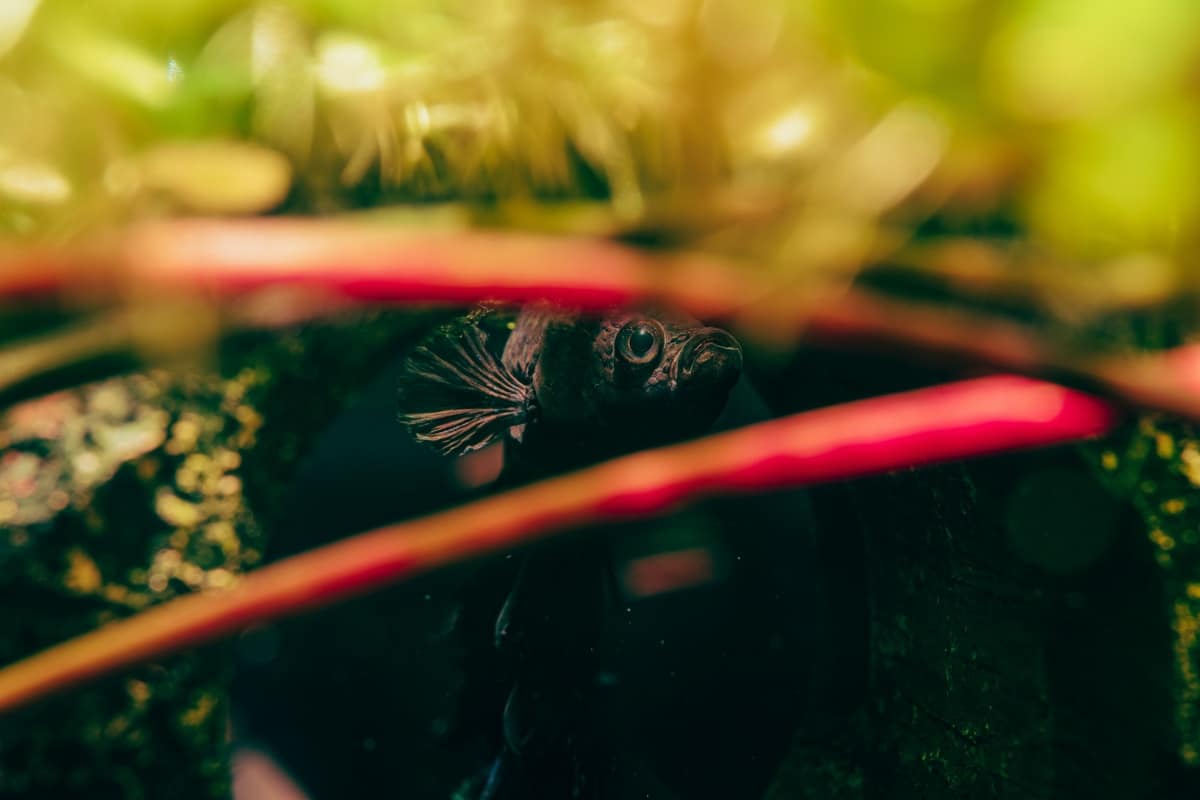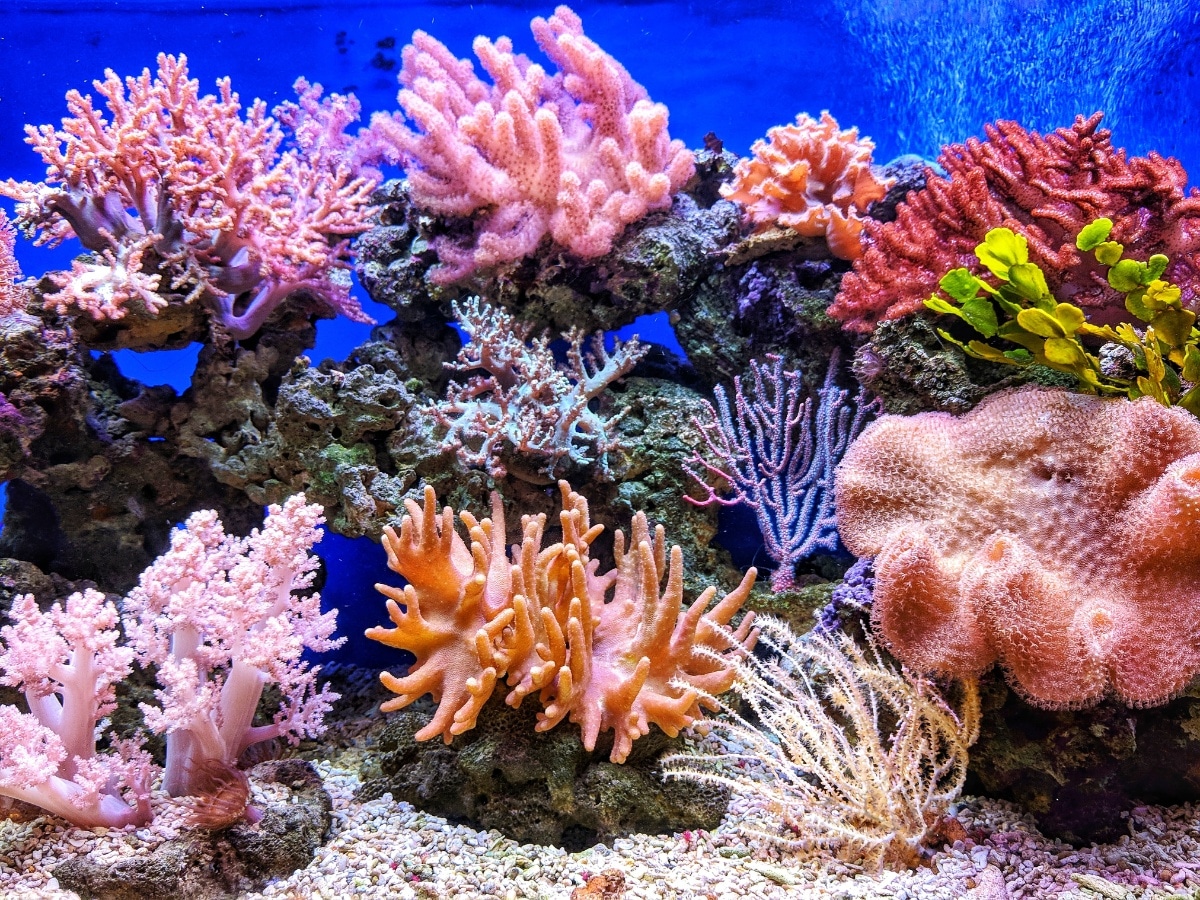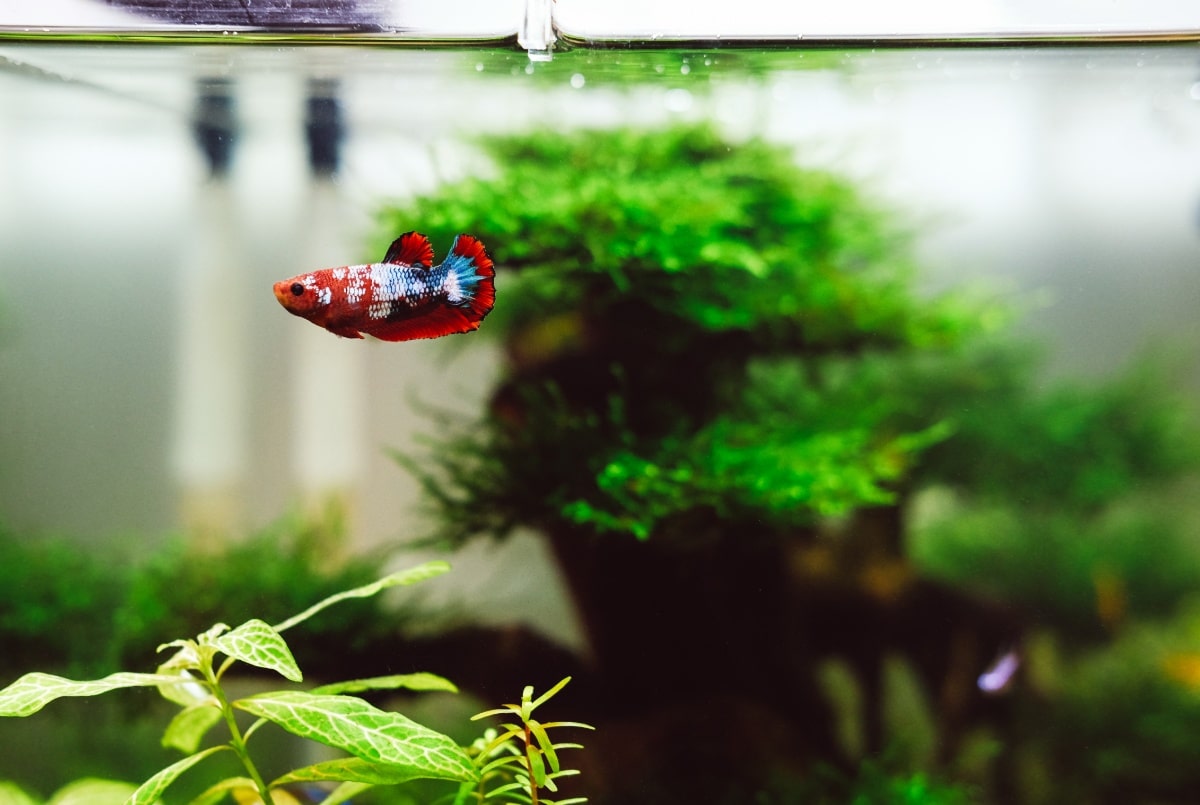
CO2 for aquariums is a topic with a lot of crumb and only recommended for the most demanding aquarists, since adding CO2 to our aquarium can affect not only our plants (for better or worse) but also the fish.
In this article we will talk in depth about what CO2 is for aquariums, how are the kits, how to calculate the amount of CO2 we need ... And also, if you want to delve into the subject, we also recommend this article on Homemade CO2 for Aquariums.
What is CO2 for in aquariums

CO2 is one of the most basic elements of planted aquariums, since without it your plants would die or, at the very least, get sick. It is an essential element used in photosynthesis, during which CO2 is combined with water and sunlight for the plant to grow. On the rebound, it discharges oxygen, another basic element to ensure the survival and good health of your aquarium.
In an artificial environment like an aquarium, we have to provide our plants with the nutrients they need or they will not develop correctly. For this reason, CO2, which in nature plants normally get from soil mud and other decomposing plants, is not an element that is abundant in aquariums.
How do we know if our aquarium will need CO2? As we will see below, it depends a lot on the amount of light the aquarium receives: the more light, the more CO2 your plants will need.
How are CO2 aquarium kits

There are several ways to introduce CO2 into your aquarium water. Although there are a couple of simple ways, which we will talk about later, the most efficient thing is to have a kit that adds carbon to the water on a regular basis.
Kit contents
Undoubtedly, the most recommended option by aquarists are CO2 kits, which are producing this gas on a regular basis, so that it is possible to more precisely calibrate how much CO2 enters the aquarium, something that your plants and fish will appreciate. These teams consist of:
- CO2 bottle. It is precisely that, a bottle in which the gas is located. The bigger it is, the longer it will last (logical). When it is finished, it must be refilled, for example, with a CO2 cylinder. Some stores also offer you this service.
- Regulator. The regulator serves to, as its name suggests, regulate the pressure of the bottle where the CO2 is, that is, lower it to make it more manageable.
- Diffuser. The diffuser "breaks" the CO2 bubbles just before they enter the aquarium until they form a very fine mist, thus they are better distributed throughout the aquarium. It is highly recommended that you put this piece at the outlet of the clean water from the filter, which will spread the CO2 throughout the aquarium.
- CO2 resistant tube. This tube connects the regulator to the diffuser, although it doesn't seem important, it actually is, and you can't use either, as you have to make sure it is CO2 resistant.
- Solenoid. In addition to having a very cool name that shares the title with a novel by Mircea Cartarescu, the solenoids are very useful devices, since they are in charge of closing the valve that gives way to CO2 when there are no longer hours of light (at night plants do not need CO2 since they do not photosynthesize). They need a timer to work. Sometimes solenoids (or timers for them) are not included in CO2 aquarium kits, so it is highly recommended that you make sure they do include it if you are interested in owning one.
- Bubble counter. Although it is not essential, it allows you to control much more effectively the amount of CO2 that enters the aquarium, since it does just that, counting the bubbles.
- Drip checker. This kind of bottle, also not included in some kits, checks and indicates the amount of CO2 that your aquarium contains. Most have a liquid that changes color depending on whether the concentration is low, correct, or high.
How long does a CO2 bottle for aquariums last?

The truth is that it is somewhat difficult to say with certainty how long a bottle of CO2 lasts, since it will depend on the amount you put in the aquarium, as well as the frequency, the capacity ... however, it is considered that a bottle of about two liters can last between two and five months.
How to measure the amount of CO2 in the aquarium

The truth is that it is not easy at all to calculate the percentage of CO2 that our aquarium needsas it depends on multiple factors. Luckily, science and technology are there to take the chestnuts out of the fire once again. However, to give you an idea, we will talk about the two methods.
Manual method
First of all, we are going to teach you the manual method to calculate how much CO2 your aquarium needs. Remember that, as we have said, the proportion needed will depend on several factors, for example, the capacity of the aquarium, the number of plants you have planted, the water that is being processed ...
First you will have to calculate the pH and hardness of the water to know the percentage of CO2 that is in the water of your aquarium. This way you will know what percentage of CO2 your particular aquarium needs. You can find tests to calculate these values in specialized stores. It is recommended that the CO2 percentage be between 20-25 ml per liter.
Then you will have to add the CO2 that the aquarium water needs (If the case occurs, of course). To do this, calculate that there are about ten CO2 bubbles per minute for every 100 liters of water.
Automatic method
Without a doubt, this is the most comfortable method to calculate whether the amount of CO2 present in our aquarium is correct or not. For this we will need a tester, a kind of glass bottle (which is attached with a suction cup and is shaped like a bell or bubble) with a liquid inside that uses different colors to inform about the amount of CO2 present in the water. Normally the colors to indicate this are always the same: blue for a low level, yellow for a high level and green for an ideal level.
Some of these tests will ask you to mix aquarium water into the solution, while in others it will not be necessary. In any case, always follow the manufacturer's instructions to avoid scares.
Tips

The issue of CO2 in aquariums is quite complicated, since requires patience, a good kit and even a lot of luck. That is why we have prepared a list of tips that you can take into account when entering this world:
- Never put in a lot of CO2 at once. It is much better to start slowly and build your carbon levels little by little, until you reach the desired percentage.
- Note that, the more the water moves (due to the filter, for example) the more CO2 you will need, since it will move away before the aquarium water.
- Surely you will have to do several tests with the water in your aquarium until you find the ideal CO2 ratio for this one. Therefore, it is highly recommended that you carry out these tests without there being any fish yet, so you will avoid putting them in danger.
- Finally, if you want to save a little CO2, turn off the system an hour before the lights go out or after dark, there will be enough left for your plants and you will not waste it.
Is there a substitute for CO2 in aquariums?

As we said before, the option of kits to make homemade CO2 is the most advisable for the plants in your aquarium, however, because it is a somewhat expensive and difficult option, it is not always the most suitable for everyone. As substitutes, we can find liquids and pills:
Liquids
The easiest way to add CO2 to your aquarium is doing it in a liquid way. The bottles with this product simply consist of that, an amount of carbon (which is normally measured with the bottle cap) in the form of a liquid that you will have to add to your aquarium water from time to time. However, it is not a very safe way, since the CO2 concentration, although it dissolves in the water, is sometimes not spread evenly. In addition, there are those who claim that it has been harmful to their fish.
Pills
The tablets may also require separate equipment, since, if they are put directly into the aquarium, they fall apart for a moment instead of doing it little by little, so that they are completely useless for the plants and leave sediments that can remain for a while. days in the background. Nevertheless, there are simpler options where the product is simply made in waterhowever, they may not unravel well.
Aquarium CO2 is a complicated subject that requires kits and even math to find the ideal ratio and that our plants grow full of health. Tell us, do you have an aquarium planted? What do you do in these cases? Are you more of a fan of homemade CO2 generators or do you prefer liquid or pills?
Sources: AquariumGardens, Dennerle has